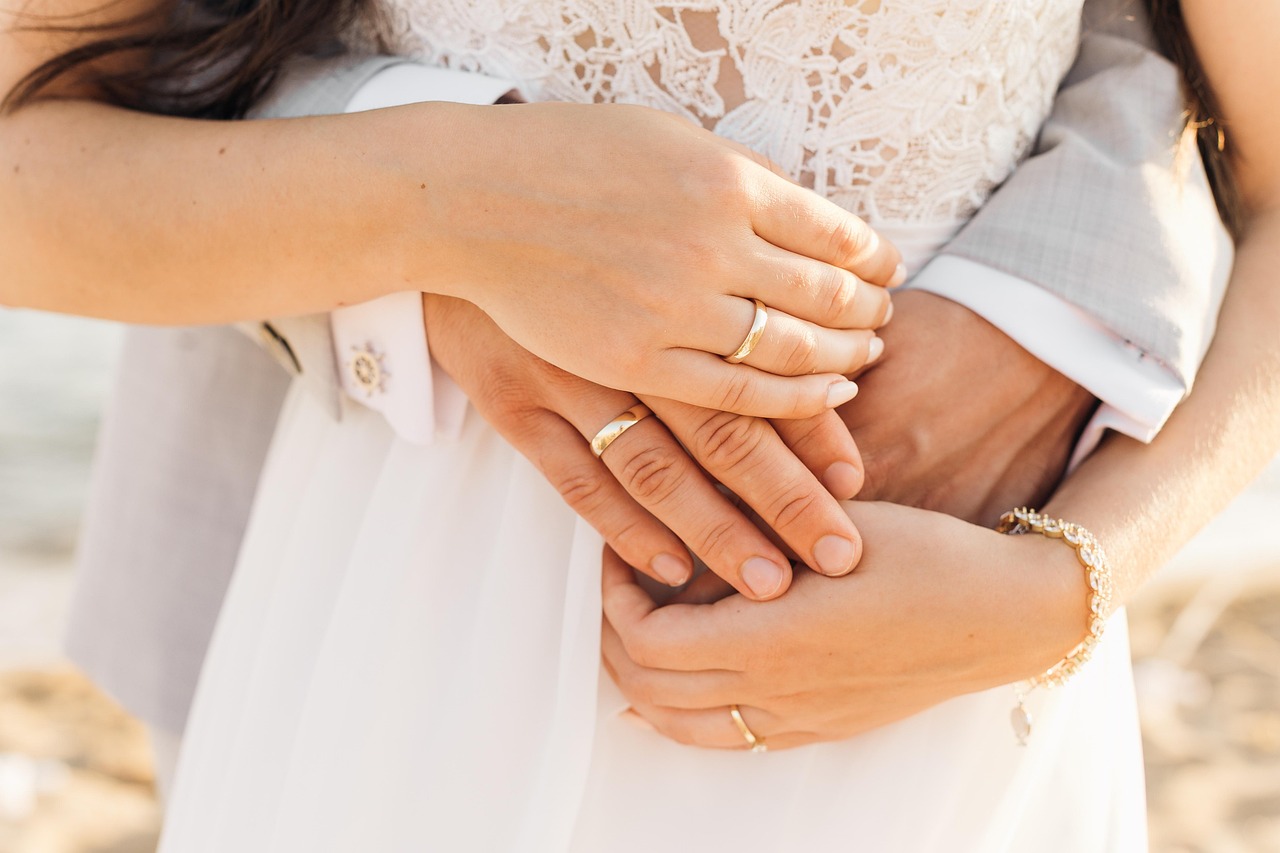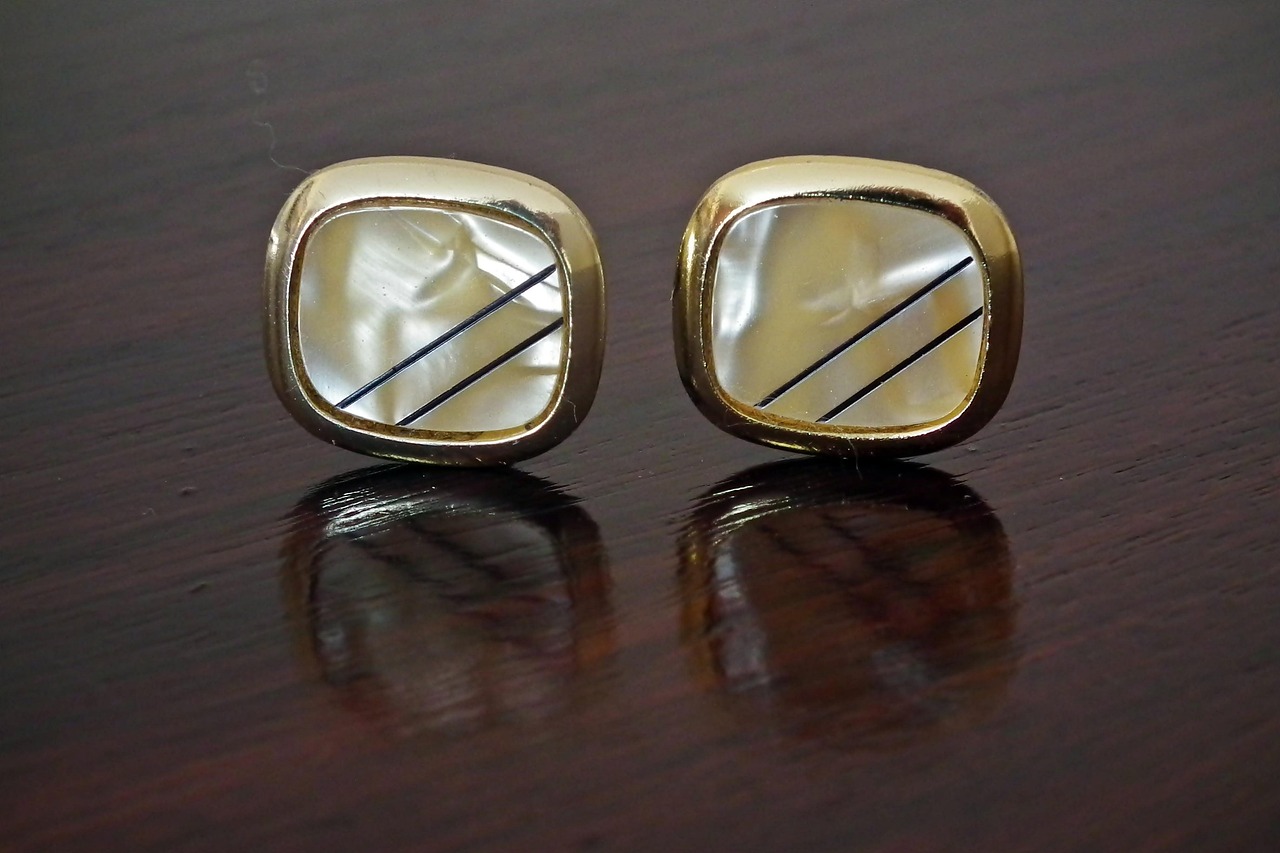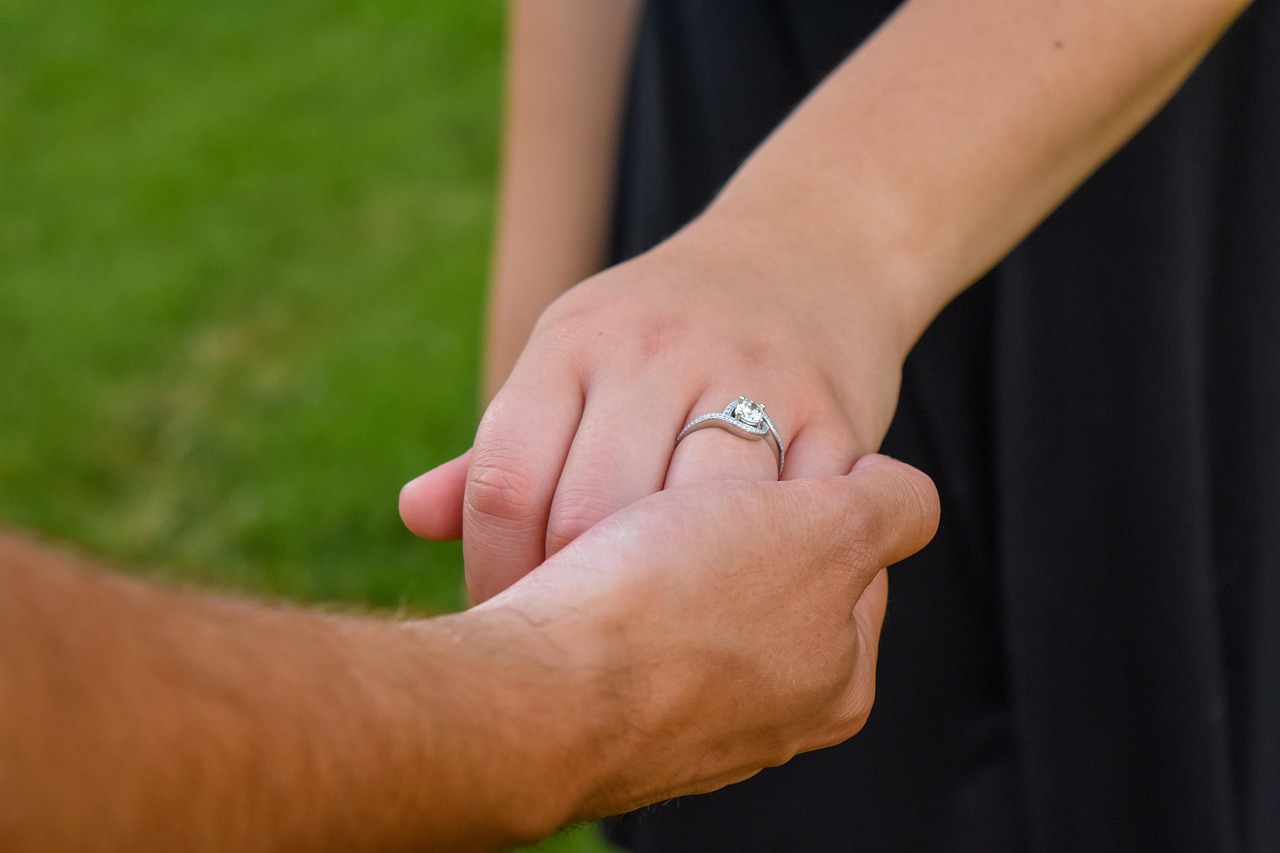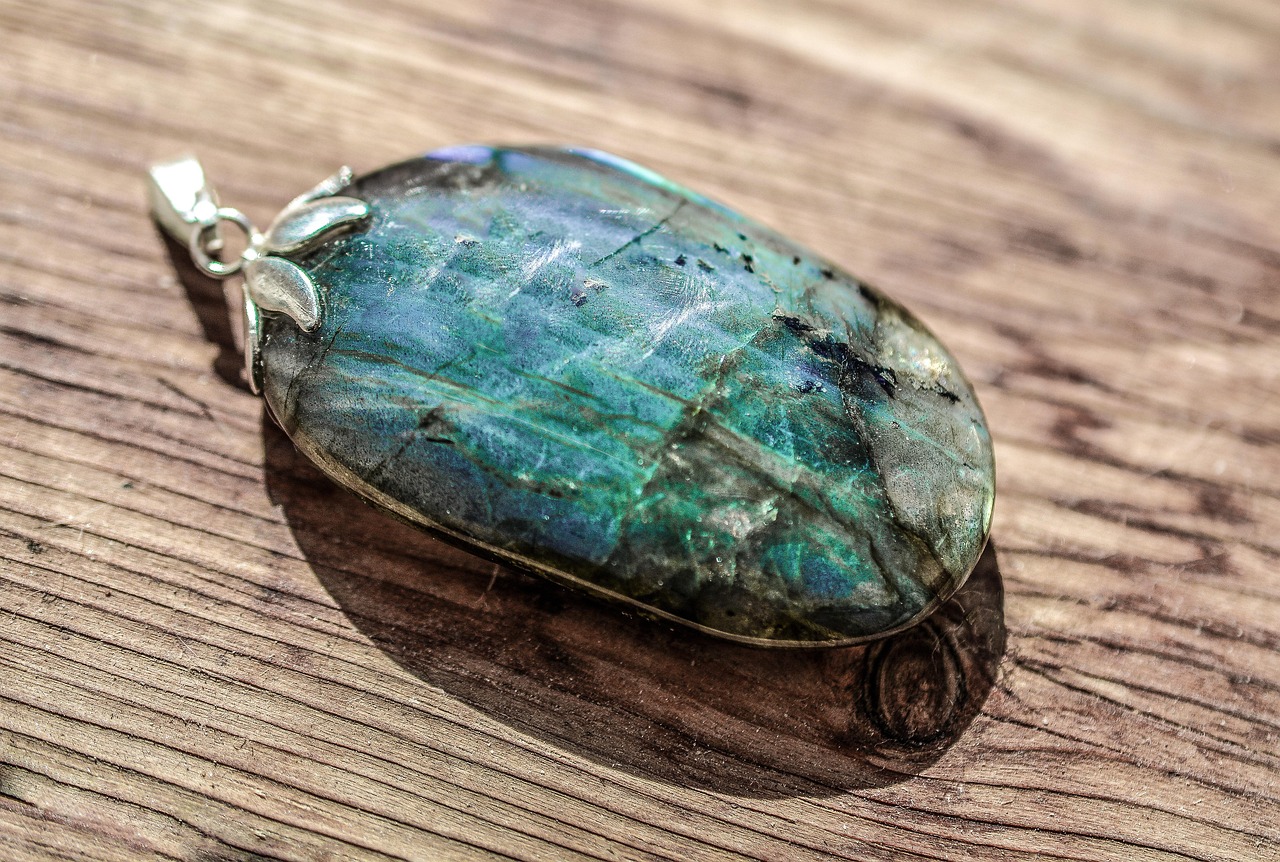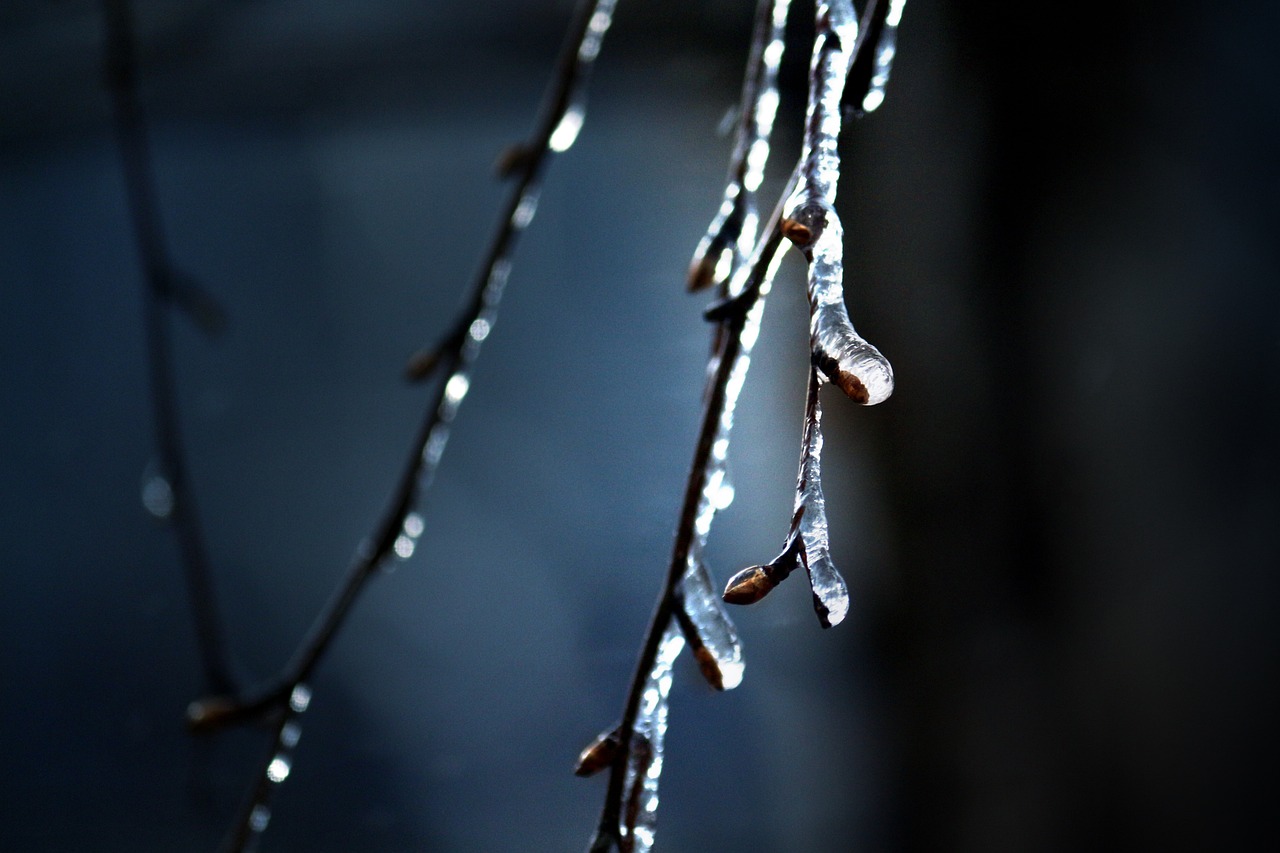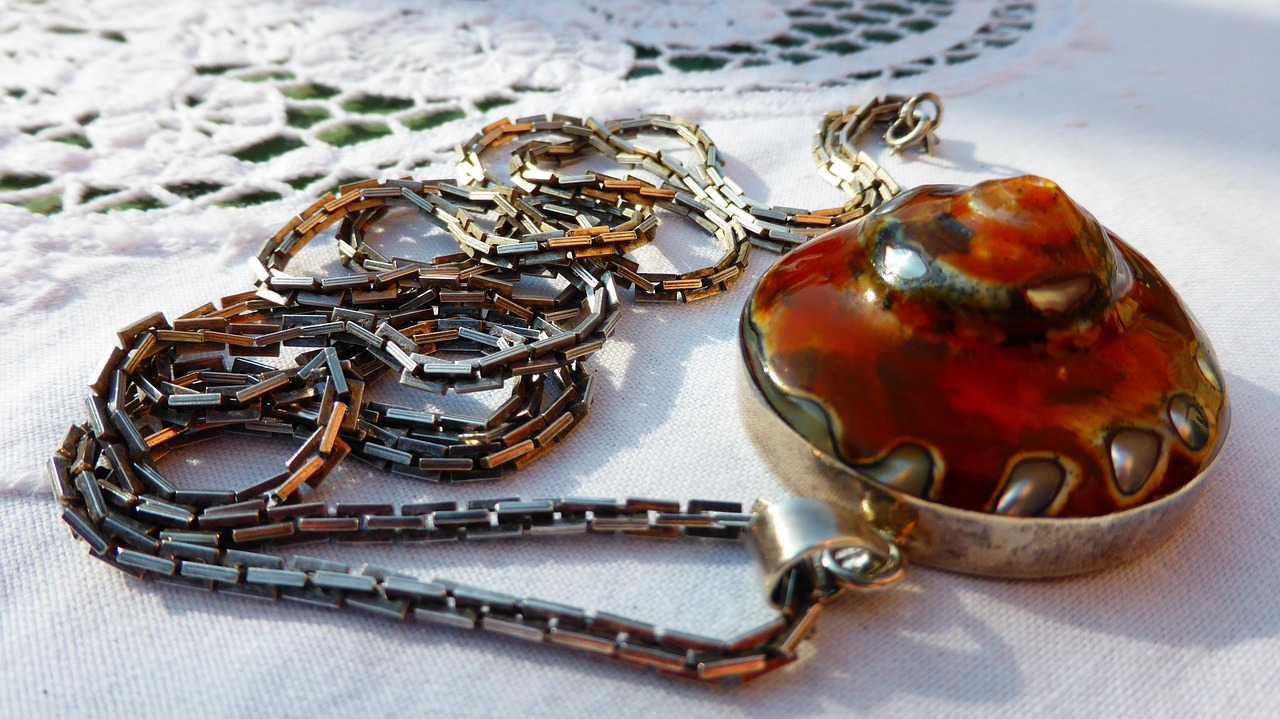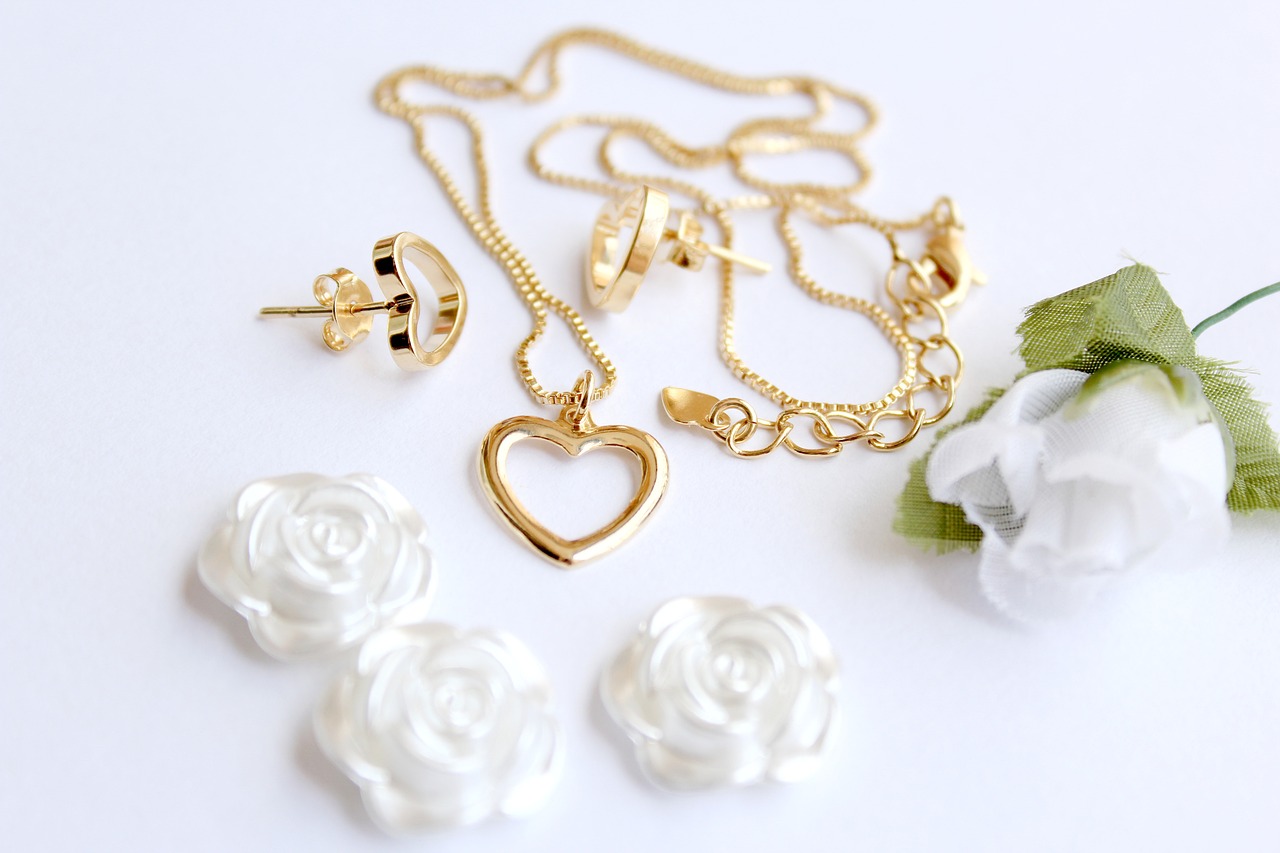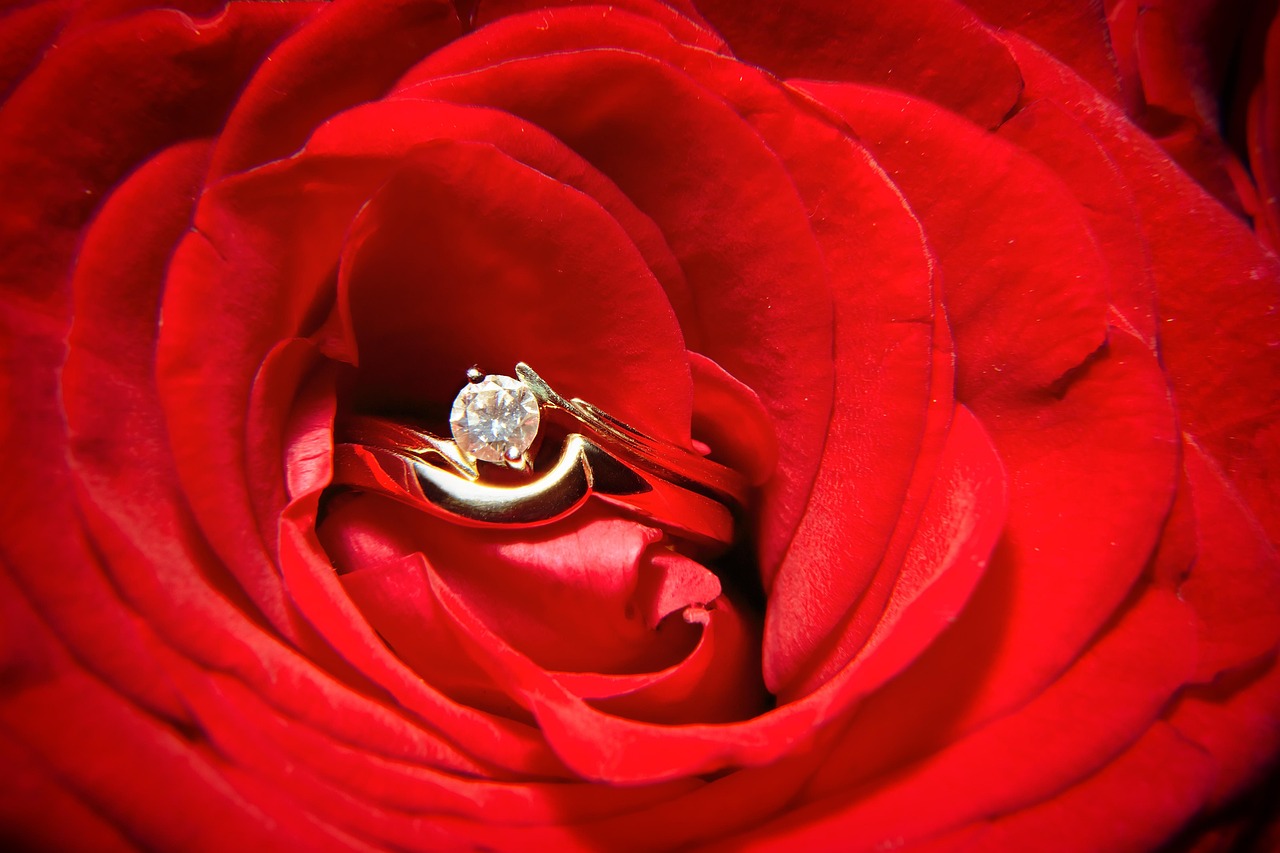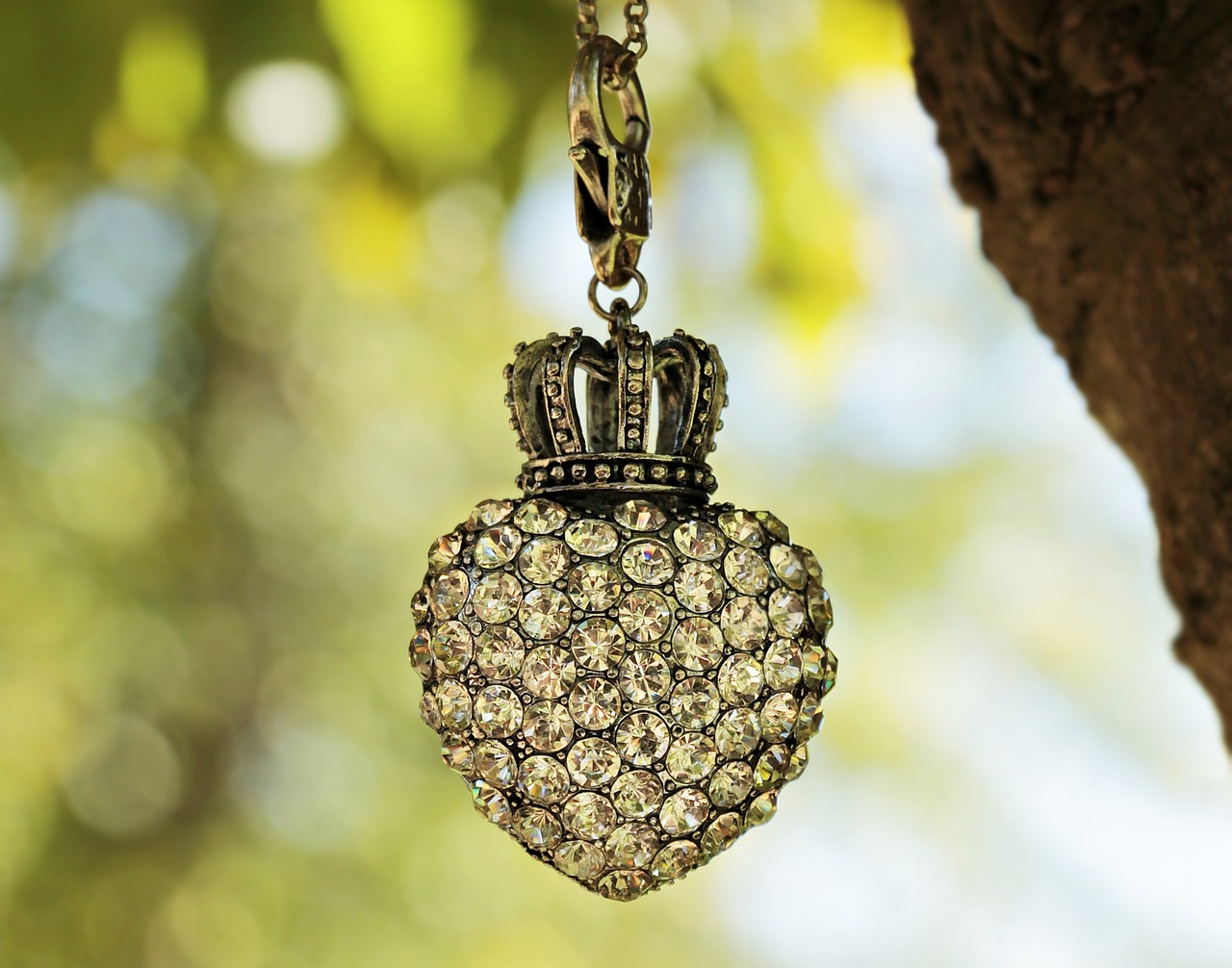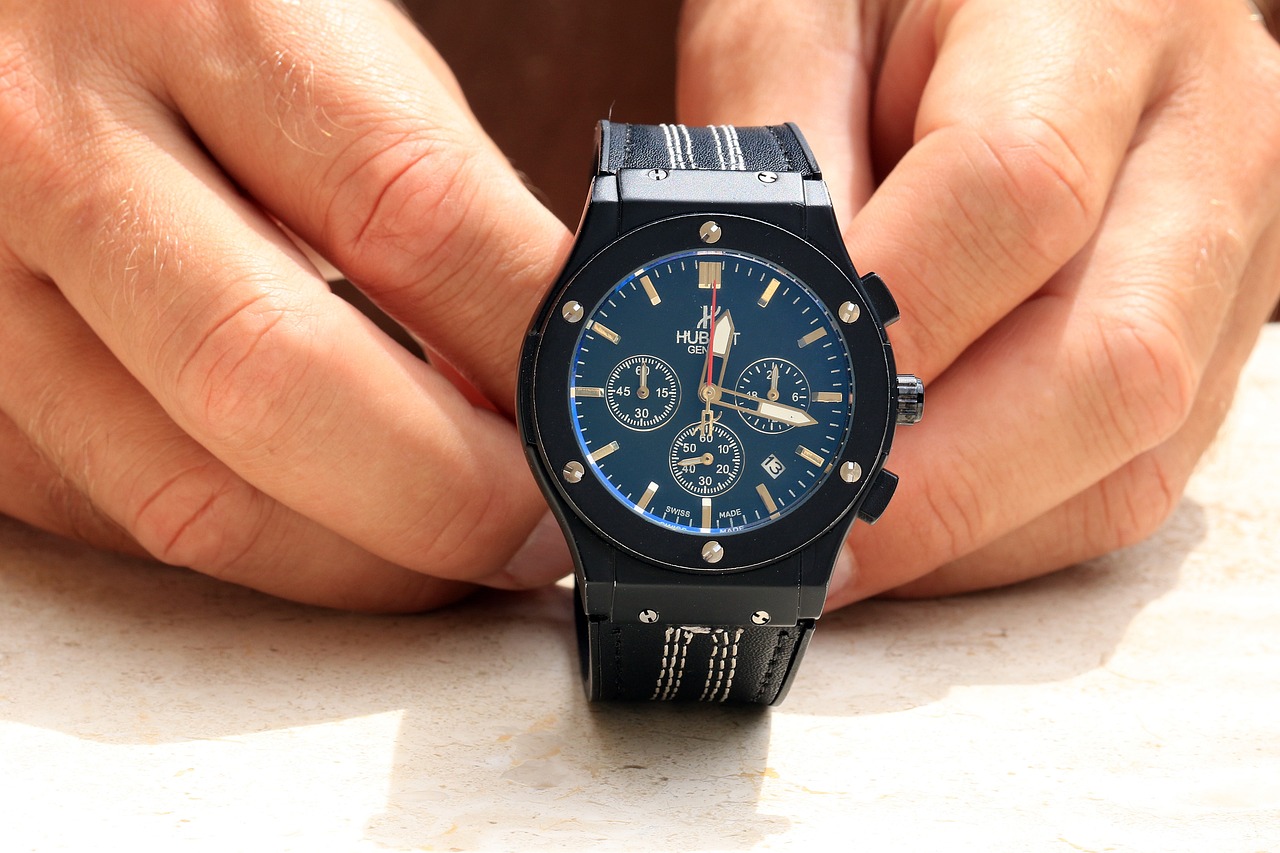Jewelry is often more than just an accessory; it holds sentimental value and can represent significant milestones in our lives. However, many people unknowingly make common jewelry care mistakes that can lead to damage over time. This article will guide you through essential practices to maintain your jewelry, ensuring it remains beautiful and lasts longer.
Improper storage can lead to scratches and tangling. To prevent damage, consider the following storage tips:
- Use a jewelry box with compartments for different types of jewelry.
- Store necklaces hanging to avoid tangles.
- Wrap delicate pieces in soft cloth to prevent scratches.
Regular cleaning is essential for maintaining the beauty of your jewelry. Depending on the material, you should clean your pieces at least once every few months. Here are some tips:
- Gold and silver can be cleaned with a mild soap solution.
- Gemstones may require specific cleaning methods; always check guidelines.
Certain household cleaners can damage your jewelry. Avoid using:
- Chlorine-based cleaners
- Ammonia
- Harsh scrubbing pads
These can cause discoloration and deterioration of the materials.
While ultrasonic cleaners can effectively clean jewelry, they aren’t suitable for all types. For example, pearls and soft gemstones can be damaged. Always check if your jewelry is safe for ultrasonic cleaning before use.
Creating a safe and effective DIY jewelry cleaner can save you money. Here’s a simple recipe:
Ingredients:- 1 cup warm water- 1 tablespoon dish soap- 1 tablespoon baking sodaInstructions:1. Mix the ingredients in a bowl.2. Soak your jewelry for 10-15 minutes.3. Gently scrub with a soft brush and rinse.
The way you handle your jewelry can significantly affect its longevity. Always:
- Put on jewelry after applying lotions or perfumes.
- Remove jewelry before engaging in physical activities.
Wearing jewelry during certain activities can lead to damage. Identify specific scenarios where you should remove your pieces:
- Sports or workouts
- Gardening or cleaning
- Cooking, especially with heat or chemicals
Activities such as swimming in chlorinated pools or engaging in contact sports can pose a risk to your jewelry. It’s wise to remove your pieces to avoid potential damage.
Traveling with jewelry requires special care. Here are some tips for safely packing and protecting your jewelry:
- Use a travel jewelry organizer with compartments.
- Keep pieces in individual pouches to prevent scratches.
Understanding the materials your jewelry is made from is crucial for proper care. Different materials require tailored care routines. For instance, sterling silver tarnishes easily, while platinum is more durable.
Professional maintenance can extend the life of your jewelry. Regular inspections and repairs are essential for keeping your pieces in top condition. Schedule visits with a jeweler every year to ensure everything is secure and in good shape.
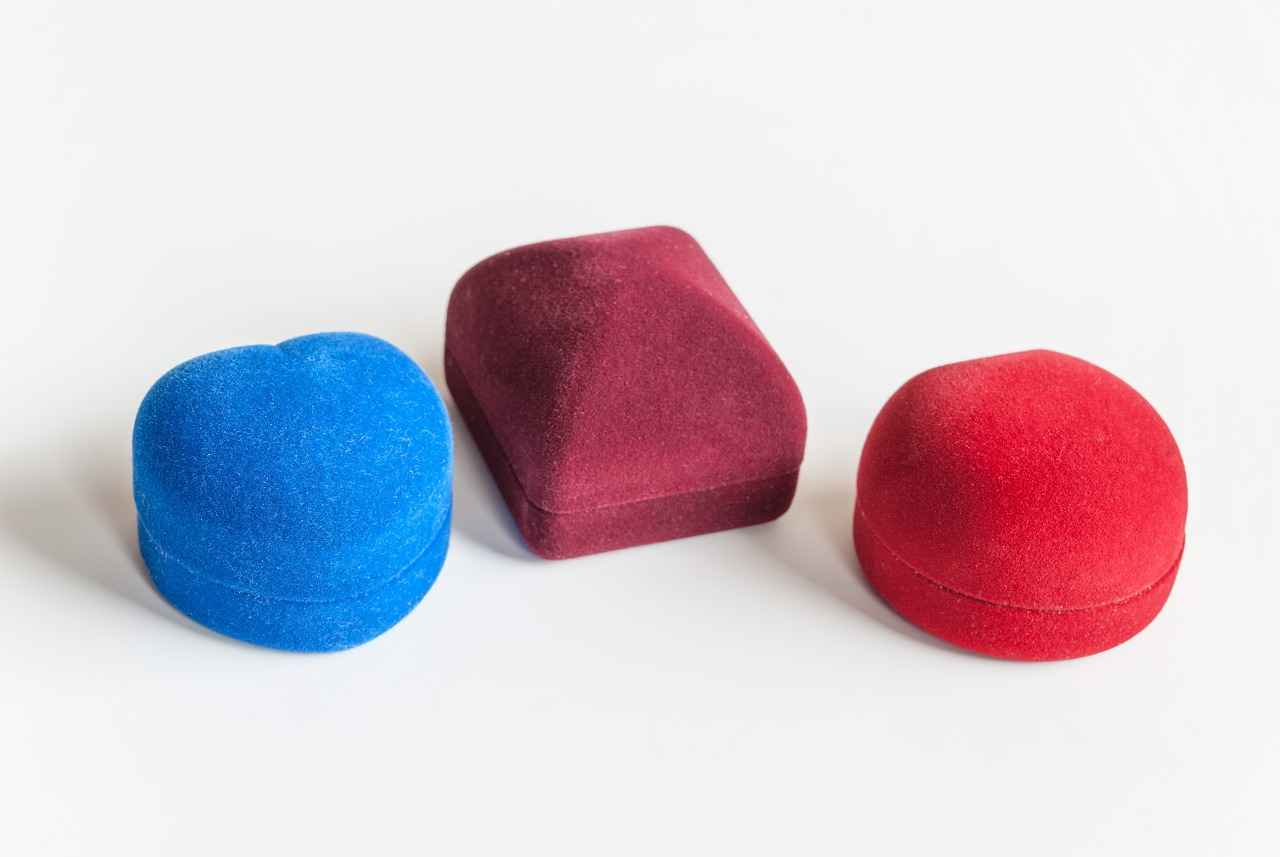
Are You Storing Your Jewelry Incorrectly?
Jewelry is often a cherished possession, and proper care is essential to maintain its beauty and longevity. One of the most common mistakes people make is storing jewelry incorrectly. This can lead to scratches, tangling, and even tarnishing. Understanding how to store your jewelry properly can help you preserve its shine and integrity.
When it comes to jewelry storage, different types of pieces require different approaches. Here are some best practices to ensure your jewelry remains in pristine condition:
- Use Individual Compartments: Storing each piece in its own compartment or pouch prevents scratching and tangling. Consider using a jewelry box with separate sections or small velvet pouches.
- Avoid Humidity: Moisture can lead to tarnishing, especially for silver and certain gemstones. Store your jewelry in a cool, dry place and consider using silica gel packets to absorb excess moisture.
- Keep Away from Sunlight: Direct sunlight can fade some gemstones and damage certain metals. Store your jewelry in a dark place or in a lined box to protect it from light exposure.
- Organize by Type: Group similar pieces together, such as necklaces, bracelets, and earrings. This not only makes it easier to find what you need but also reduces the risk of damage from tangled chains.
- Use Anti-Tarnish Strips: For silver jewelry, consider placing anti-tarnish strips in your storage area to help keep tarnish at bay.
Additionally, if you own delicate items such as pearl necklaces or intricate rings, consider wrapping them in soft cloth before placing them in storage. This extra layer of protection can help prevent scratches and other damage.
For those who travel frequently, it’s crucial to have a dedicated travel jewelry case. Look for cases with padded compartments that will keep your pieces secure and organized, minimizing the risk of damage while on the go.
Remember, the way you store your jewelry can significantly affect its lifespan and appearance. By implementing these best practices, you can prevent common issues such as scratches and tangling, ensuring your jewelry remains as beautiful as the day you bought it.
In summary, proper jewelry storage is an essential aspect of jewelry care. By taking a few simple steps to organize and protect your pieces, you can maintain their shine and beauty for years to come.

Do You Clean Your Jewelry Regularly?
Jewelry is not just an accessory; it is often a sentimental piece that carries memories and significance. To ensure that your treasures remain in pristine condition, it is essential to establish a regular cleaning routine. In this section, we will explore how often you should clean various materials and the safest methods to use.
- Gold and Platinum: These metals are relatively resistant to tarnishing. However, it is advisable to clean them every 1-2 months to maintain their luster.
- Silver: Silver jewelry tends to tarnish more quickly. Cleaning every 2-4 weeks will help keep it shiny and free of oxidation.
- Gemstones: The cleaning frequency can vary based on the type of gemstone. For example, diamonds can be cleaned every month, while softer stones like opals should be cleaned less frequently, around every 2-3 months.
- Pearls: These delicate gems require special care. Clean them after every wear with a soft cloth and avoid submerging them in water. A deep clean should be done every 6 months.
When it comes to cleaning your jewelry, using the right methods is crucial to avoid damage. Here are some effective cleaning techniques:
- Warm Soapy Water: A mixture of mild dish soap and warm water is safe for most jewelry types. Soak for a few minutes, then gently scrub with a soft brush.
- Jewelry Cleaning Cloths: These specially designed cloths can effectively remove dirt and oils without scratching the surface.
- Ultrasonic Cleaners: While effective, these should be used with caution. Always check if your jewelry is safe for ultrasonic cleaning, especially if it contains delicate stones.
It’s important to be aware of household cleaners that can harm your jewelry. Avoid:
- Bleach: This can cause discoloration and damage to metals.
- Ammonia: Often found in glass cleaners, ammonia can be too harsh for certain stones.
- Acidic Cleaners: Products like vinegar can erode the surface of some metals.
Regular cleaning not only enhances the appearance of your jewelry but also extends its lifespan. Dirt, oils, and grime can accumulate, leading to tarnishing and dullness. By establishing a routine, you can keep your pieces looking as beautiful as the day you received them.
In conclusion, maintaining your jewelry requires a combination of regular cleaning and proper care methods. By understanding the materials and how to treat them, you can ensure that your jewelry remains a cherished part of your collection for years to come.
What Cleaning Solutions Should You Avoid?
When it comes to maintaining the beauty and longevity of your jewelry, understanding the cleaning solutions you should avoid is essential. Many household cleaners contain harsh chemicals that can tarnish, scratch, or even corrode your precious pieces. Below, we delve into the specific products and ingredients you should steer clear of to ensure your jewelry remains in pristine condition.
Household cleaners often contain abrasive agents, acids, or alkalines that can damage delicate metals and gemstones. For example, cleaners designed for bathrooms or kitchens may be too harsh for the fine materials used in jewelry.
- Bleach: This common disinfectant can cause discoloration and damage to metals, especially gold and silver.
- Ammonia: Found in many glass cleaners, ammonia can be too harsh for certain gemstones and may lead to cloudiness or scratches.
- Vinegar: While a popular natural cleaner, vinegar’s acidity can tarnish metals and harm the finish of softer stones.
- Toothpaste: Although often recommended for cleaning jewelry, toothpaste can be abrasive and scratch the surface of delicate materials.
- Window Cleaners: These products often contain chemicals that can be damaging to jewelry, particularly those with coatings or softer stones.
While some DIY cleaners can be effective, it’s crucial to ensure that the ingredients used are safe for your specific jewelry. For instance, a mixture of warm water and mild soap is generally safe for most pieces, but always check for any specific care instructions related to your jewelry.
Different materials have varying levels of durability. For example, pearls and opals are particularly sensitive to harsh chemicals. Always consider the material of your jewelry before selecting a cleaning solution.
To avoid damaging your jewelry, consider the following safe cleaning methods:
- Use Mild Soap and Water: A gentle dish soap mixed with warm water can effectively clean most jewelry without causing harm.
- Soft Cloths: Use a soft, lint-free cloth to gently wipe your jewelry after wearing it to remove oils and dirt.
- Professional Cleaning: For valuable or intricate pieces, consider having them professionally cleaned to ensure they are cared for properly.
By being mindful of the cleaning solutions you use and understanding the materials of your jewelry, you can avoid common pitfalls that lead to damage. Always prioritize gentle cleaning methods and be cautious of the products you choose to maintain the beauty of your treasured pieces.
Why Is Ultrasonic Cleaning Not Always Safe?
Ultrasonic cleaning is a popular method for maintaining jewelry, known for its ability to reach intricate crevices and remove dirt and grime effectively. However, it’s essential to understand that this cleaning technique is not universally safe for all types of jewelry. In this section, we will explore the limitations of ultrasonic cleaners and provide guidance on when to use them and when to avoid them.
Ultrasonic cleaners are particularly effective for jewelry made from durable materials. Here are some types that can benefit from ultrasonic cleaning:
- Gold – Both yellow and white gold are generally safe.
- Platinum – This metal is resistant to scratching and tarnishing.
- Stainless Steel – Ideal for cleaning due to its durability.
- Diamonds – Their hardness makes them safe for ultrasonic cleaning.
Despite its effectiveness, there are certain types of jewelry that should not be placed in an ultrasonic cleaner:
- Soft Gemstones – Stones like opal, pearl, and turquoise can be damaged.
- Costume Jewelry – Often made with adhesives and non-precious metals, which may degrade.
- Jewelry with Loose Stones – The vibrations can dislodge stones from their settings.
- Antique or Vintage Pieces – These may have delicate components that are at risk of damage.
Ultrasonic cleaners operate by creating high-frequency sound waves that produce microscopic bubbles in a cleaning solution. These bubbles implode, generating powerful cleaning action that removes dirt without the need for harsh scrubbing. However, this process can be too aggressive for certain materials.
To ensure the safety of your jewelry while using an ultrasonic cleaner, consider the following best practices:
- Check Manufacturer Guidelines – Always refer to the manufacturer’s recommendations for your specific jewelry.
- Use the Right Cleaning Solution – Ensure that the cleaning solution is suitable for the materials involved.
- Limit Cleaning Time – Short cleaning cycles can help prevent damage.
- Inspect Jewelry Before and After – Regularly check for any signs of wear or damage.
In summary, while ultrasonic cleaners can be an effective tool for maintaining jewelry, they are not a one-size-fits-all solution. Understanding the materials of your jewelry and following best practices can help you safely utilize ultrasonic cleaning. Always err on the side of caution and consult with a professional jeweler if you are unsure about the cleaning method for your precious pieces.
How to Make a DIY Jewelry Cleaner?
Jewelry can be a significant investment, and maintaining its beauty is essential. One way to achieve this is by creating your own jewelry cleaner at home. Not only is this approach cost-effective, but it also allows you to use safe and natural ingredients that won’t damage your precious pieces. Below, we’ll guide you through a simple recipe using common household items.
Many commercial jewelry cleaners contain harsh chemicals that can tarnish or damage certain materials. By opting for a DIY cleaner, you can ensure that your jewelry is treated gently. Additionally, creating your own solution means you can customize it based on the specific type of jewelry you own.
To make an effective DIY jewelry cleaner, you will need:
- 1 cup of warm water
- 1 tablespoon of mild dish soap
- 1 tablespoon of baking soda
- A soft-bristled toothbrush
- A microfiber cloth
1. In a bowl, mix the warm water and dish soap together until bubbles form.2. Add the baking soda and stir gently to combine.3. Ensure the mixture is well-blended and ready for use.
Once your DIY cleaner is ready, follow these steps to clean your jewelry:
- Submerge your jewelry in the solution for about 10-15 minutes.
- Using the soft-bristled toothbrush, gently scrub the jewelry, focusing on crevices where dirt can accumulate.
- Rinse thoroughly under warm running water to remove any soap residue.
- Dry your jewelry with a microfiber cloth, ensuring it’s completely dry before storing.
This DIY cleaner is suitable for a variety of jewelry types, including:
- Gold
- Silver
- Platinum
- Diamonds
However, be cautious with porous stones like pearls or opals, as they may require a gentler approach.
Regular cleaning is essential for maintaining the luster and shine of your jewelry. Depending on how often you wear your pieces, aim to clean them every few weeks. For items worn daily, consider cleaning them weekly to keep them looking their best.
While this DIY cleaner is safe for most jewelry, always test a small, inconspicuous area first to ensure compatibility. Additionally, avoid using this solution on costume jewelry or pieces with glued stones, as the cleaner may weaken the adhesive.
By creating your own jewelry cleaner, you not only save money but also ensure that your treasured pieces are cared for in a gentle and effective manner. With just a few household ingredients, you can maintain the beauty of your jewelry for years to come.
How Do You Handle Your Jewelry?
When it comes to jewelry, the way you handle your pieces can significantly impact their longevity. Many people underestimate the importance of proper handling, which can lead to unnecessary wear and tear. Understanding how to put on and take off your jewelry is essential for maintaining its beauty and durability.
- Start with Clean Hands: Before you put on any jewelry, ensure your hands are clean and dry. This prevents oils and dirt from transferring onto your pieces.
- Use a Soft Surface: When putting on delicate items like rings or necklaces, consider using a soft surface to avoid scratches if you accidentally drop them.
- Put on Jewelry Last: If you’re applying lotion, perfume, or hair products, do so before putting on your jewelry. This helps prevent exposure to chemicals that can tarnish or damage your pieces.
- Remove in a Safe Environment: Take off your jewelry in a safe place where it won’t get lost or damaged. Avoid removing jewelry over hard surfaces.
- Handle with Care: When taking off rings or bracelets, do so gently. Avoid pulling or tugging, which can lead to bending or breaking.
- Store Immediately: After removing your jewelry, store it right away in a designated place. This minimizes the risk of misplacing or damaging it.
Proper handling is crucial for several reasons. First, it helps to maintain the integrity of the materials used in your jewelry. For example, gemstones can become loose if not handled carefully, while metals can bend or scratch easily. Additionally, improper handling can lead to tarnishing and dullness, which diminishes the overall appearance of your pieces.
- Wearing Jewelry During Activities: Engaging in activities such as exercising, cooking, or cleaning while wearing jewelry can expose it to harsh conditions, leading to damage.
- Ignoring Temperature Changes: Extreme temperatures can affect certain materials. For instance, removing your rings before washing dishes in hot water is a good practice.
By adopting these best practices for handling your jewelry, you can significantly extend its lifespan. Remember that jewelry is not just an accessory; it often holds sentimental value and represents important moments in your life. Treating it with care ensures that it remains a cherished part of your collection for years to come.
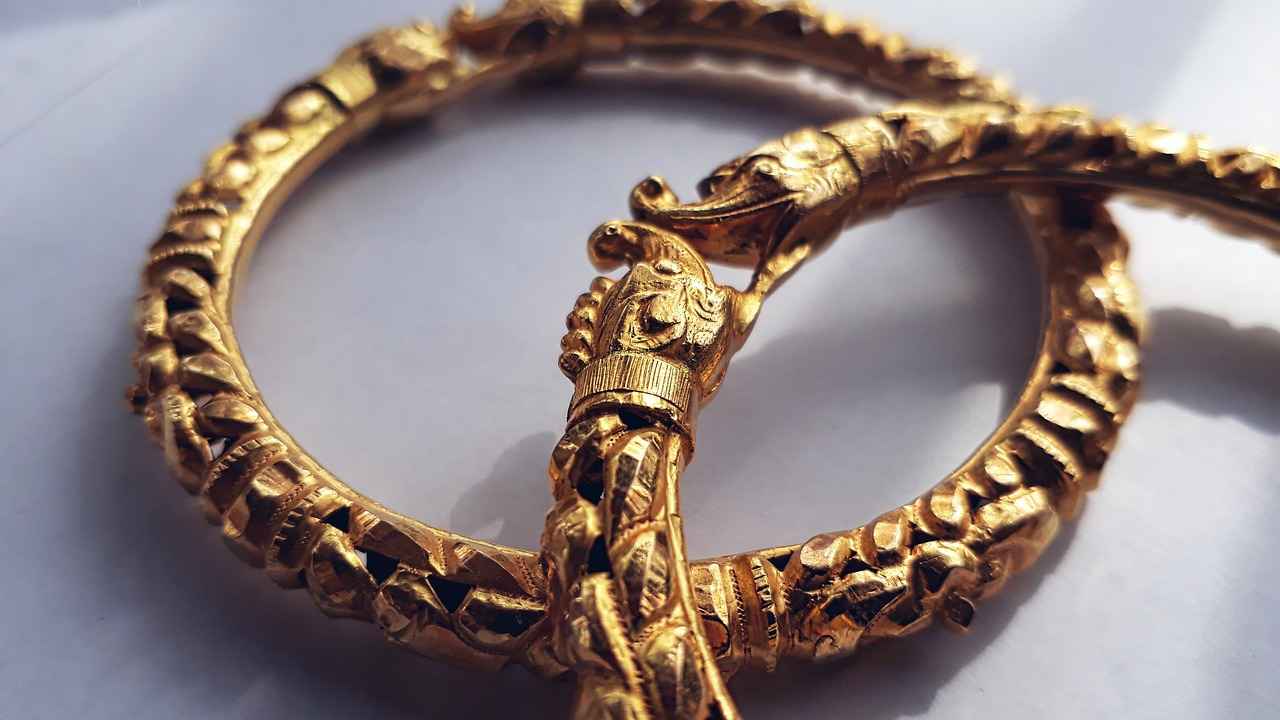
Are You Wearing Jewelry During Activities?
Wearing jewelry can enhance your style and express your personality, but it’s essential to consider the activities you engage in while adorned with your favorite pieces. Certain scenarios can lead to significant damage, tarnishing, or even loss of your jewelry. Below, we explore specific activities where it’s advisable to remove your jewelry to ensure its longevity and beauty.
- Exercise and Sports: High-impact activities such as running, weightlifting, or playing sports can expose your jewelry to scratches and stress. Rings, bracelets, and necklaces can get caught or damaged during intense movements.
- Swimming: Chlorine in swimming pools and saltwater in oceans can cause your jewelry, especially those made of gold and silver, to tarnish or lose their shine. It’s best to remove your jewelry before diving in.
- Household Chores: Activities like cleaning, gardening, or cooking can expose your jewelry to harsh chemicals, dirt, and physical wear. Removing rings and bracelets can prevent them from getting scratched or stained.
- Hot Tubs and Saunas: The heat and chemicals in hot tubs can weaken the settings of your gemstones and cause them to loosen over time. It’s advisable to leave your jewelry off during these relaxing moments.
- Traveling: When on the go, jewelry can be lost or damaged. Ensure you take extra care when packing your pieces, using a dedicated jewelry case to prevent tangling and scratches.
Traveling poses unique challenges for jewelry protection. Here are some tips:
- Use a Jewelry Organizer: Invest in a travel jewelry case that keeps your pieces separate and secure. This will prevent tangling and scratches.
- Leave Valuables at Home: If you’re going to a location where theft is a concern, consider leaving your most valuable pieces behind.
- Keep It Simple: When traveling, opt for minimal jewelry that complements your outfits without the risk of loss or damage.
Removing your jewelry during certain activities is crucial for several reasons:
- Prevention of Damage: The primary reason is to avoid scratches, dents, and other forms of damage that can occur during physical activities.
- Maintaining Appearance: Regular exposure to harsh conditions can dull the shine of your jewelry. Keeping it safe ensures it remains as beautiful as the day you bought it.
- Safety Concerns: Jewelry can become a safety hazard, especially in sports or when working with machinery. Removing it reduces the risk of injury.
In summary, being mindful of when to wear or remove your jewelry is essential for its care. By understanding the risks associated with various activities and taking proactive measures, you can protect your cherished pieces and keep them looking stunning for years to come.
Which Activities Are Risky for Jewelry?
Jewelry is often a cherished possession, representing personal style, sentimental value, and sometimes even significant investments. However, certain activities can pose a greater risk to your jewelry, leading to potential damage or loss. Understanding which sports or tasks could potentially harm your pieces is essential for their longevity and beauty.
Engaging in sports while wearing jewelry can be risky. Activities such as contact sports (football, basketball, or rugby) can lead to scratches, breaks, or even injuries. Rings can get caught on equipment or other players, causing them to bend or break. It is advisable to remove all jewelry before participating in these activities.
Many people wear their favorite pieces while cooking, but the kitchen can be a hazardous environment for jewelry. Food particles, oils, and cleaning chemicals can tarnish metals and dull gemstones. Additionally, rings can trap bacteria and food residues, making them unhygienic. It’s best to store your jewelry away from the kitchen while preparing meals.
Outdoor sports such as hiking, cycling, or swimming can also be detrimental to your jewelry. Exposure to elements like saltwater, chlorine, and even dirt can cause discoloration and damage. Furthermore, activities that involve heavy lifting or climbing can lead to accidental loss. Always consider leaving your jewelry at home when engaging in outdoor adventures.
Many household chores involve harsh chemicals found in cleaning products. Wearing jewelry while cleaning can lead to tarnishing or damage. For instance, bleach and ammonia can harm certain metals and stones. It’s wise to remove your jewelry before tackling chores like scrubbing or washing to ensure it remains in pristine condition.
To safeguard your jewelry, consider the following tips:
- Remove jewelry before engaging in any physical activities, including sports and heavy lifting.
- Store your jewelry in a safe place away from areas where you might accidentally damage it.
- Consider using a jewelry pouch or case when traveling or participating in activities to prevent scratches.
- Be mindful of the environment and materials you come into contact with while wearing your jewelry.
By understanding which activities pose risks to your jewelry, you can take proactive steps to protect your cherished pieces. Being aware of the dangers and practicing safe habits will help maintain the shine and integrity of your jewelry for years to come.
How to Protect Your Jewelry While Traveling?
Traveling with jewelry can be an exciting way to accessorize your outfits, but it also requires special care to ensure your precious pieces remain safe and undamaged. Whether you’re heading to a tropical getaway or a business trip, knowing how to pack and protect your jewelry is essential. Here are some valuable tips to help you safeguard your jewelry while on the go.
- Choose the Right Packing Method: Use a dedicated jewelry travel case with compartments to keep your items organized. This prevents tangling and scratching. You can also use soft pouches or wrap individual pieces in soft cloths.
- Limit What You Bring: Only take essential pieces. Consider the outfits you plan to wear and choose versatile jewelry that can complement multiple looks.
- Keep It Close: Always carry your jewelry in your hand luggage, not in checked baggage. This minimizes the risk of loss or theft.
- Avoid Extreme Temperatures: Keep your jewelry away from extreme heat or cold, as this can damage certain materials. For instance, pearls can be affected by high temperatures.
- Secure Your Pieces: Use rubber bands or small ziplock bags to keep earrings and rings together. This prevents them from moving around and getting scratched.
- Consider Insurance: If you are traveling with high-value items, consider insuring your jewelry. This provides peace of mind in case of loss or theft.
- Be Mindful During Activities: Remove your jewelry during physical activities, such as swimming or hiking, to avoid damage. Certain sports can lead to scratches or even breakage.
When packing your jewelry, it’s also important to consider the material of each piece. For example, sterling silver can tarnish when exposed to moisture, so ensure it’s stored in a dry environment. Similarly, gemstones may require specific care to avoid scratches or chips. Always research the best practices for the materials you are bringing along.
Lastly, upon arriving at your destination, take a moment to inspect your jewelry. Ensure that everything is in good condition and securely stored. This not only helps you keep track of your items but also allows you to enjoy your jewelry without worry.
By following these tips, you can confidently travel with your jewelry, knowing that you are taking the necessary steps to protect your cherished pieces. Remember, a little preparation goes a long way in ensuring your jewelry remains beautiful and intact throughout your travels.
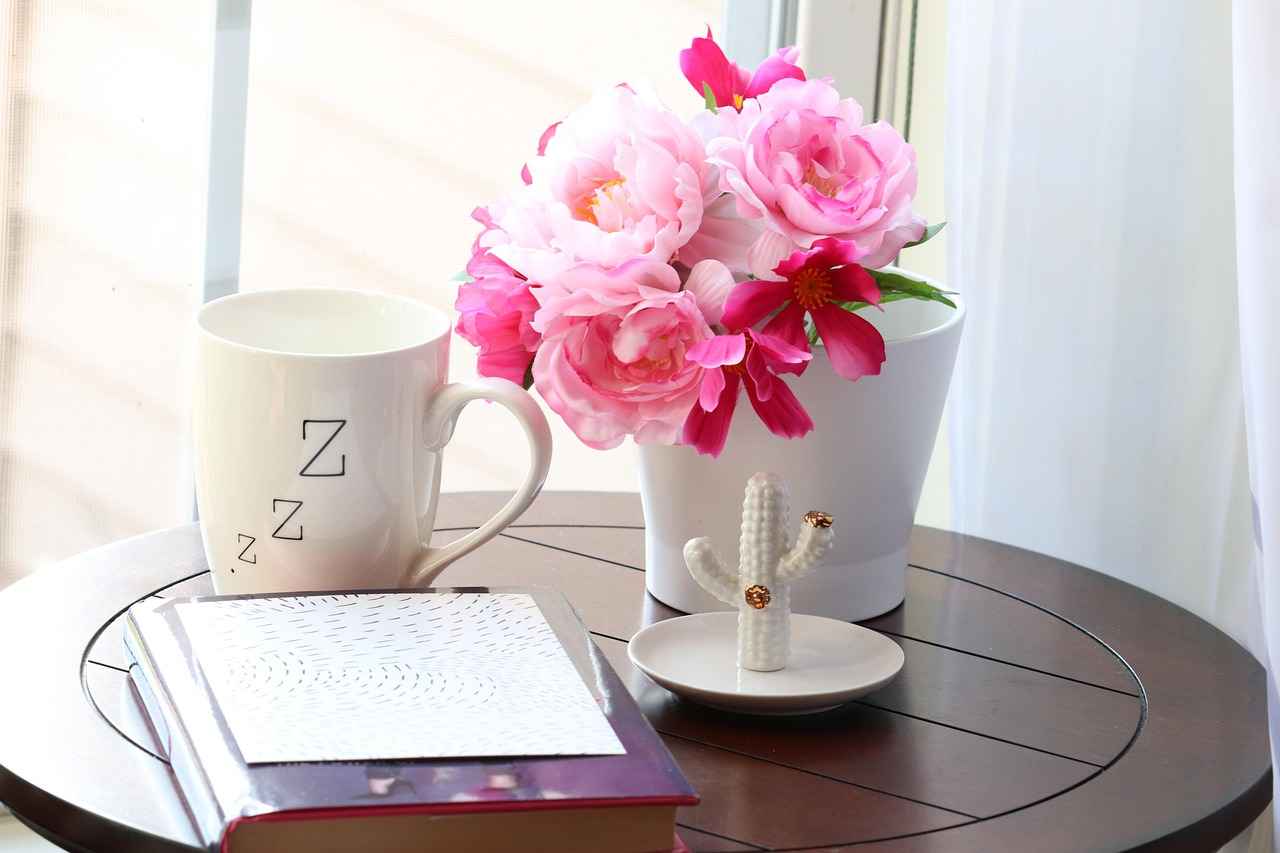
Do You Know Your Jewelry Materials?
Understanding the materials your jewelry is made from is crucial for proper care. Each material has its own unique properties and requires specific maintenance practices to ensure longevity and beauty. By tailoring your care routine based on the specific materials used, you can significantly extend the life of your favorite pieces.
Knowing the composition of your jewelry allows you to make informed decisions about cleaning and storage. For instance, gold, silver, and platinum require different cleaning solutions and care techniques. Additionally, understanding the properties of gemstones can prevent unnecessary damage during cleaning or wearing.
| Material | Care Instructions | Common Issues |
|---|---|---|
| Gold | Use a soft cloth for cleaning; avoid harsh chemicals. | Scratches and tarnishing over time. |
| Silver | Clean with a silver polish; store in a dry place. | Tarnishing and oxidation. |
| Platinum | Use a mild soap solution; avoid abrasive materials. | Scratches and loss of luster. |
| Gemstones | Consult a professional for cleaning; avoid ultrasonic cleaners. | Chips and cracks from improper handling. |
Identifying the materials in your jewelry can often be done through visual inspection or by consulting a jeweler. Look for hallmarks or stamps that indicate the metal type, and consider the color and clarity of gemstones to determine their authenticity. If you’re unsure, a professional appraisal can provide clarity.
- Regular Cleaning: Establish a routine based on the material. For example, gold can be cleaned monthly, while silver may need more frequent attention.
- Safe Storage: Keep pieces in separate compartments to avoid scratches. Use soft pouches or lined boxes.
- Handling with Care: Always put on and remove jewelry gently to prevent stress on clasps and settings.
When caring for your jewelry, avoid using household cleaners that contain ammonia or bleach, as these can cause irreversible damage. Additionally, steer clear of wearing jewelry during activities that could expose it to harsh conditions, such as swimming or heavy lifting.
By understanding the materials your jewelry is made from and following these care guidelines, you can ensure that your precious pieces remain as stunning as the day you received them. Tailoring your care routine is not just about maintaining appearance; it’s about preserving the sentiment and memories associated with each piece.
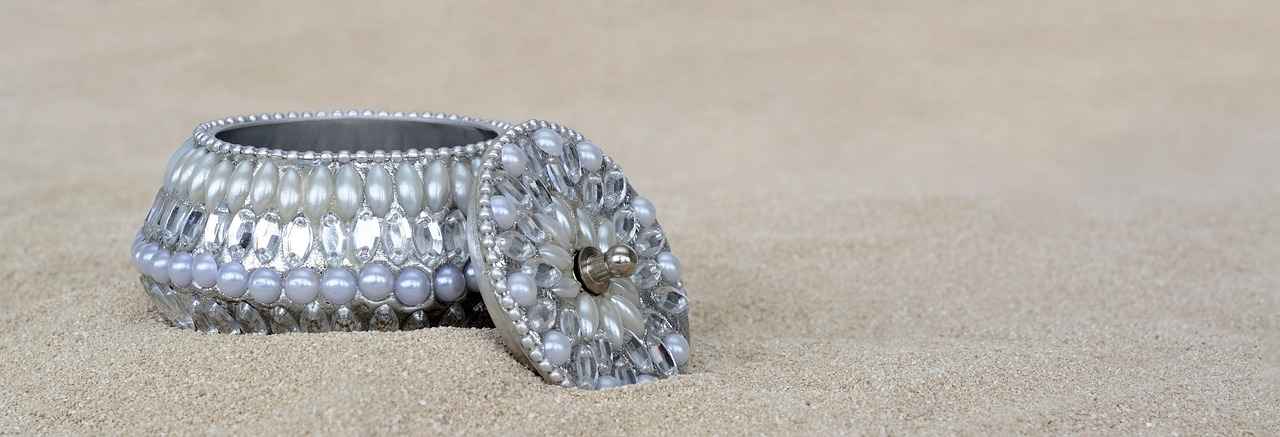
Are You Ignoring Professional Maintenance?
Jewelry is not just an accessory; it often holds sentimental value and can be a significant investment. To ensure that your treasured pieces remain in pristine condition, professional maintenance is essential. Many people overlook this crucial aspect, thinking that regular cleaning and careful handling are sufficient. However, periodic inspections and repairs can significantly extend the life of your jewelry.
Over time, even the most durable pieces can suffer from wear and tear. Professional maintenance involves thorough inspections by skilled jewelers who can identify issues that may not be visible to the untrained eye. These issues include:
- Loose stones: A professional can detect if any stones are becoming loose in their settings, preventing potential loss.
- Worn prongs: Prongs can wear down over time, increasing the risk of losing precious gems.
- Metal fatigue: Regular checks can reveal signs of metal fatigue, which can lead to breakage.
It is advisable to have your jewelry professionally inspected at least once a year. However, if you wear your pieces daily or engage in activities that could cause damage, more frequent visits may be necessary. For instance, engagement rings and wedding bands, which are worn constantly, should be checked every six months to ensure they remain secure and undamaged.
Professional maintenance typically includes:
- Cleaning: A deep clean using specialized tools and solutions to restore the shine and remove any buildup.
- Inspection: A thorough examination of the piece for any signs of damage or wear.
- Repairs: Fixing any identified issues, such as tightening loose stones or repairing broken clasps.
While some basic cleaning can be done at home, DIY methods cannot replace the expertise of a professional. Attempting to fix complex issues without the right tools and skills can lead to further damage. For example, trying to reset a loose stone yourself might result in it falling out completely. Therefore, investing in professional maintenance is a wise decision for the longevity of your jewelry.
Regular professional maintenance offers several benefits:
- Increased longevity: Well-maintained jewelry can last for generations, preserving both its beauty and value.
- Peace of mind: Knowing that your jewelry is in excellent condition allows you to wear it confidently.
- Enhanced appearance: Professional cleaning and polishing can restore the original luster, making your jewelry look as good as new.
In conclusion, neglecting professional maintenance can lead to costly repairs or even irreversible damage to your beloved jewelry. By scheduling regular inspections and repairs, you can ensure that your pieces remain stunning and intact for years to come.
Frequently Asked Questions
- What is the best way to store my jewelry?
To keep your jewelry safe, store it in a cool, dry place, preferably in a jewelry box with separate compartments. This prevents scratching and tangling. Consider using soft pouches for delicate pieces!
- How often should I clean my jewelry?
It’s recommended to clean your jewelry every few weeks, depending on how often you wear it. Regular cleaning helps maintain its shine and prevents buildup of dirt and oils.
- Are there any cleaning solutions I should avoid?
Yes! Steer clear of bleach, ammonia, and harsh abrasives. These can damage your jewelry’s finish and stones. Always opt for gentle, jewelry-specific cleaners!
- Can I use an ultrasonic cleaner for all my jewelry?
No, ultrasonic cleaners can be risky for certain types of jewelry, especially those with fragile stones. Always check if your pieces are safe for this method before using it.
- What activities should I avoid while wearing my jewelry?
It’s wise to remove jewelry during activities like exercising, swimming, or cleaning. These actions can lead to scratches or even loss of your precious pieces!
- How can I protect my jewelry while traveling?
When traveling, pack your jewelry in a soft pouch or a dedicated travel case. Keep it in your carry-on to avoid loss and check for any travel restrictions on certain materials.
- Why is professional maintenance important?
Professional maintenance ensures your jewelry stays in top shape. Regular inspections can catch potential issues early, extending the life of your cherished pieces!
